
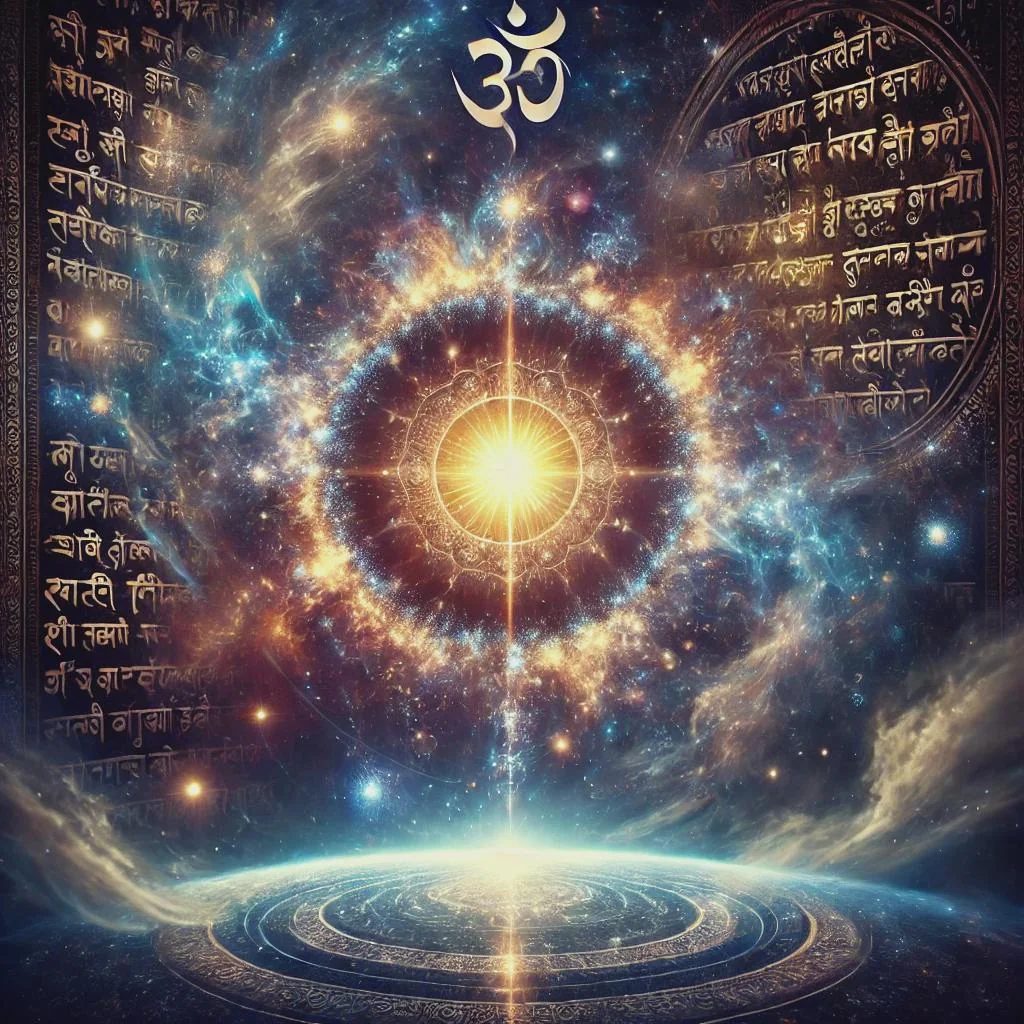
Para-Brahman: The Unmanifest Reality (Nirguna Tattva)
Before anything existed—before time, space, or vibration—there was only Para-Brahman, the Supreme Without Qualities. This is the boundless, formless Absolute that cannot be described, imagined, or conceptualized. It is infinite stillness, beyond light and shadow, beyond creation and dissolution, beyond even the idea of God. In this state, there is no duality and no individuality. Para-Brahman is neither being nor non-being; it simply is. From this ineffable silence arises the entire cosmos. The Shaiva tradition recognizes Para-Brahman as the deepest essence of Paramashiva.

Paramashiva: The First Recognition of Self (Pure Awareness)
From the silent fullness of Para-Brahman emerges a subtle glimmer of self-awareness, the primordial “I AM.” This is Paramashiva, the Supreme Consciousness, the eternal witness who knows Himself. Paramashiva is not a deity with attributes but the pure awareness in which all attributes later arise. He is the first light in the infinite darkness, self-luminous and complete. For the sadhaka, touching Paramashiva in meditation means entering the deepest state of witnessing, untouched by thought, emotion, or ego—a return to your original Self.
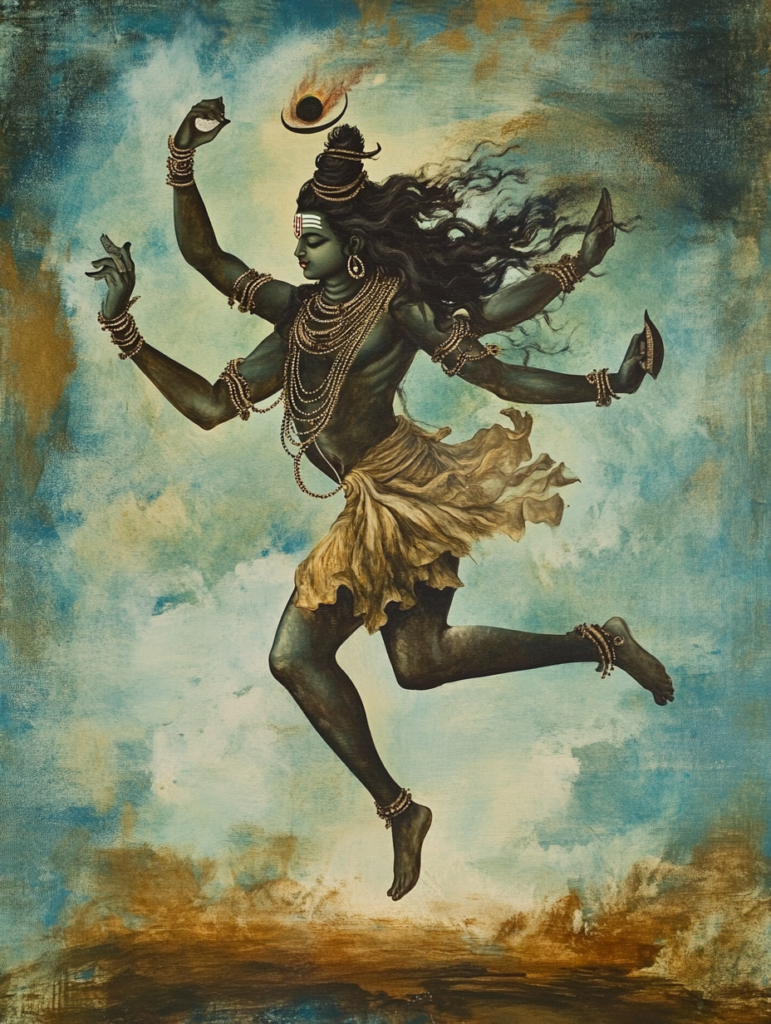
Shakti Emerges as Spanda (Divine Vibration)
As Paramashiva becomes aware, a gentle pulsation arises within Him—this is Shakti, the Divine Power. She is the first movement, the primal throb known as Spanda. Shakti is the dynamic aspect of consciousness, the impulse to create, express, and experience. She is not separate from Shiva; rather, she is His energy, His overflowing bliss taking form. Through Shakti, the stillness of consciousness becomes sound, vibration, and eventually, the universe itself. In her, the desire of the One to become many is fulfilled.
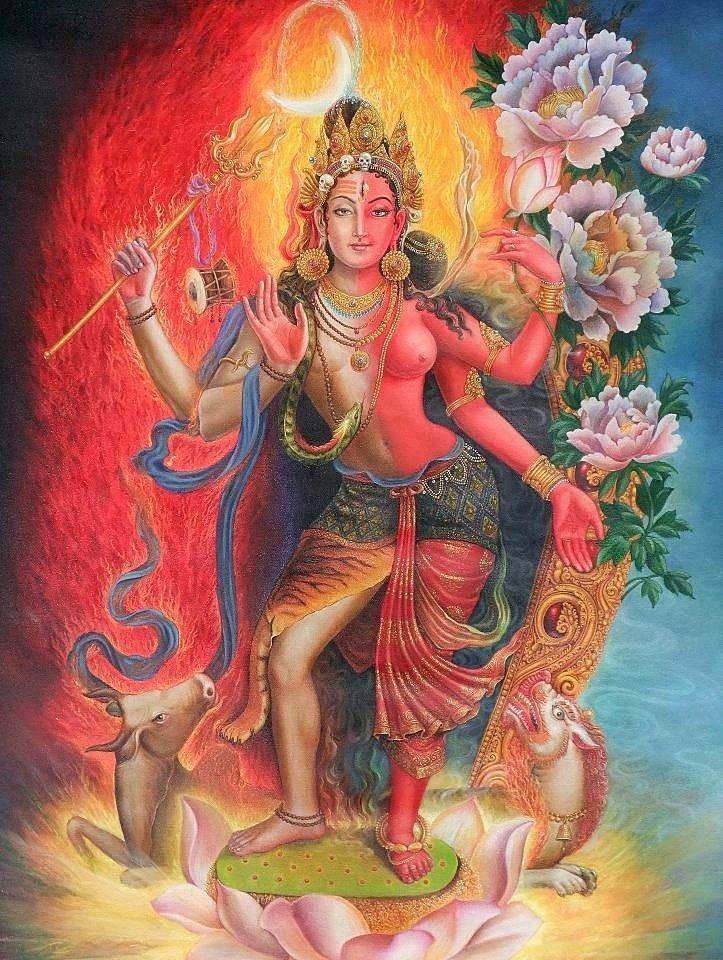
The Union of Shiva and Shakti (Ardhanarishvara)
Creation begins when Shiva and Shakti unite, not as two, but as one inseparable reality. This unity is expressed as Ardhanarishvara—half Shiva, half Shakti—symbolizing the perfect balance of consciousness and energy. Their union gives rise to time, space, direction, the first subtle forms, and the cosmic order. Every movement in creation, every atom, every thought, is born from this divine marriage. For humans, the same union is mirrored in the inner marriage of awareness and prana, silence and bliss.
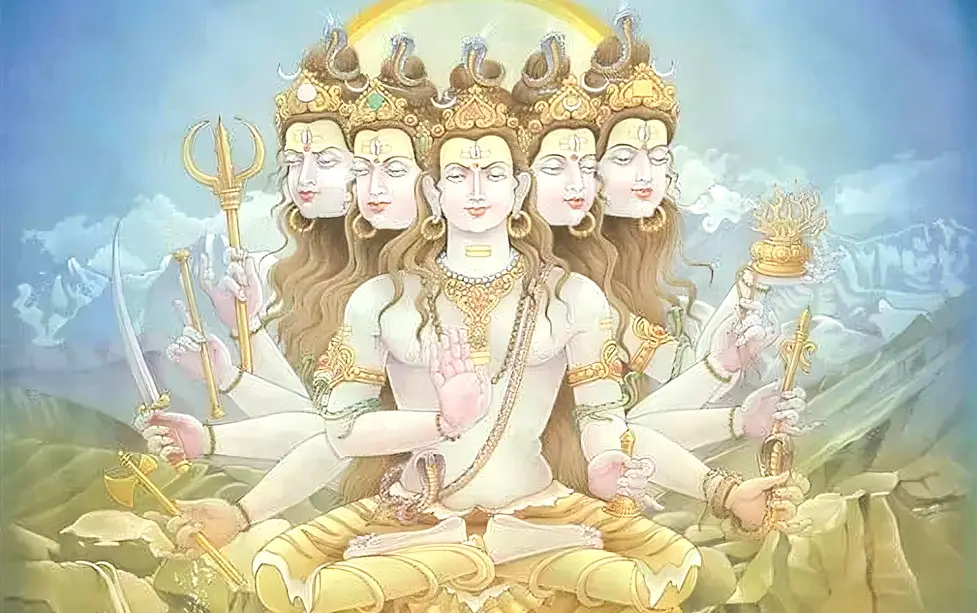
The Five Cosmic Acts (Panchakritya)
Through their union, Shiva expresses the cosmos through five eternal acts: creation (srishti), preservation (sthiti), dissolution (samhara), concealment (tirobhava), and grace (anugraha). These acts operate continuously within every layer of existence. Srishti brings worlds into being through Shakti’s creative force. Sthiti maintains their harmony. Samhara dissolves them when their cycle is complete. Tirobhava veils the divine reality so that souls may experience karma and learning. Anugraha finally reveals the truth, liberating the soul. Understanding these acts reveals how consciousness orchestrates every moment of life.
.
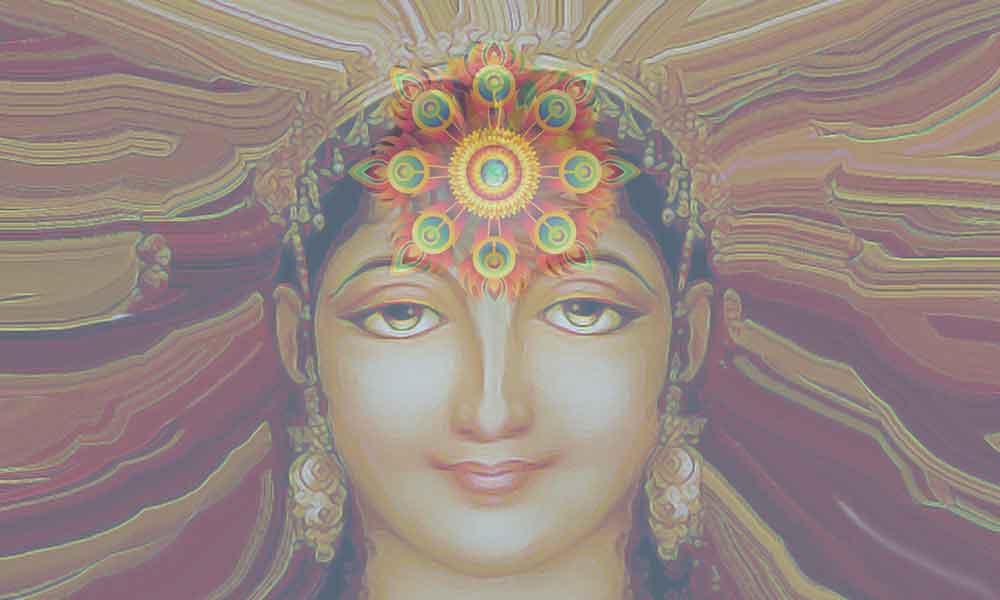
The 36 Tattvas: The Architecture of Reality
From the union of Shiva and Shakti arises a cascade of tattvas—36 principles that form the blueprint of creation. The five pure tattvas reveal the divine aspects of consciousness. The six pure–impure tattvas introduce limitation, forming Maya and the coverings of time, space, attachment, agency, and knowledge. The impure tattvas manifest mind, senses, subtle elements, and finally the five great physical elements. These tattvas do not exist outside the seeker; they are layers within one’s own being. Realization occurs when the sadhaka sees that every aspect of creation arises within the Self.
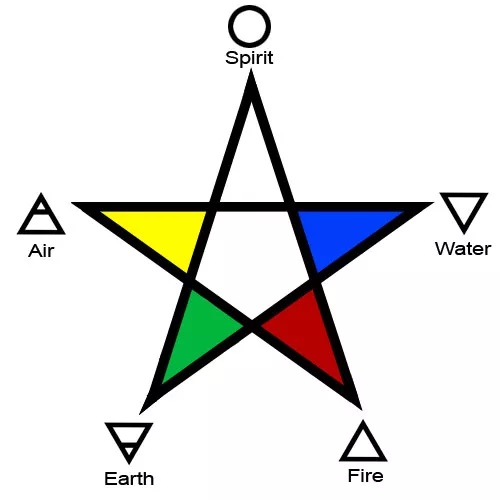
The Five Elements and Their Shakti Colors
The five elements—space, air, fire, water, and earth—are Shakti’s condensed expressions. Each carries a specific color, vibration, and power. Space manifests as sound and the color blue-purple, governing mantra and subtle awareness. Air appears as movement and breath, associated with smoky white or green. Fire glows red-orange, granting transformation, willpower, and purification. Water flows with silver-white radiance, creating emotion, devotion, and healing. Earth forms the foundation with its golden-yellow stability, supporting ritual, grounding, and embodiment. Elemental worship purifies the koshas and aligns the seeker with Shakti’s rhythms.

Kundalini Shakti and the Subtle Body
Within the human body, Shakti rests as Kundalini, a coiled force at the base of the spine. She sleeps until awakened through sadhana, rising through the central nadi, Sushumna. The 72,000 nadis, seven major chakras, and the subtle body’s pranic system are her field of movement. Shiva waits at Sahasrara, the crown, as pure consciousness. When Kundalini ascends, she reunites with Shiva inside the seeker, producing bliss, clarity, healing, and liberation. All tantric paths are based on this inner ascent.

The Yugas and the Cycles of Time
Shiva governs cosmic time through the turning of yugas—Satya, Treta, Dvapara, and Kali. Each age reflects a change in collective consciousness, dharma, and spiritual awareness. Shakti renews creation at the beginning of each cycle, while Shiva dissolves it at the end. The sadhaka learns to read these rhythms not only in the universe but in personal life: times of creation, maintenance, dissolution, obscuration, and grace constantly cycle within the mind and heart.
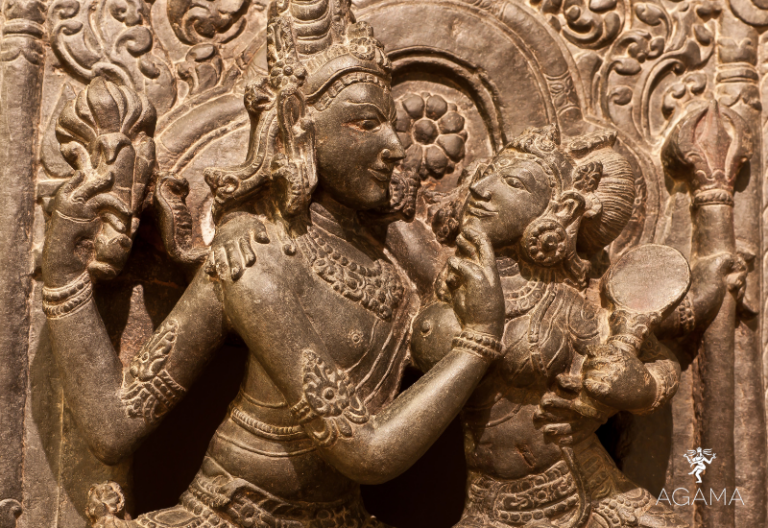
Shiva’s Teachings in the Agamas and Tantras
Shiva, as the Adi Guru, reveals the sciences of yoga, tantra, mantra, meditation, and knowledge. The Agamas teach ritual, energy, yogic disciplines, and the structure of worship. The Shiv Sutras, Spanda Karikas, and Vijnana Bhairava Tantra reveal the inner pathways to liberation. Shiva gifts humanity the practices of asana, pranayama, mudra, dhyana, kriya, and jnana. He shows the seeker how to dissolve ego, still the mind, and realize the Self directly. These teachings are the foundation of yogic and tantric tradition.
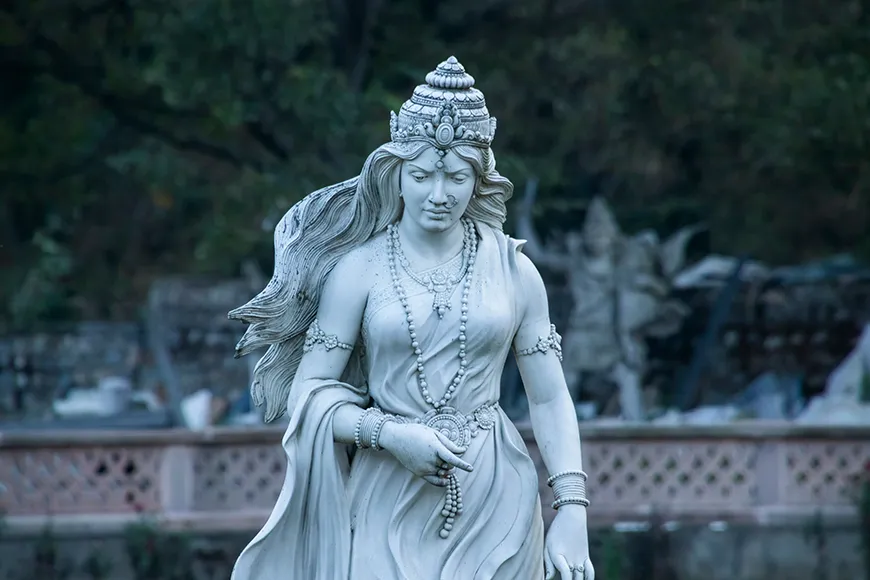
The Shakti Lineages and Their Roles in Creation
The Divine Mother manifests as countless forms to guide creation and evolution. Kali rules time, transformation, and ego dissolution. Durga protects dharma. Tripura Sundari governs beauty, wisdom, and Sri Vidya’s inner mysteries. Parvati teaches devotion, surrender, and heart-opening. Bhairavi purifies and awakens deep power. Kundalini Shakti resides within every seeker, leading them from the root of the body to the crown of realization. Each form of Shakti assists the soul at a different stage of evolution.
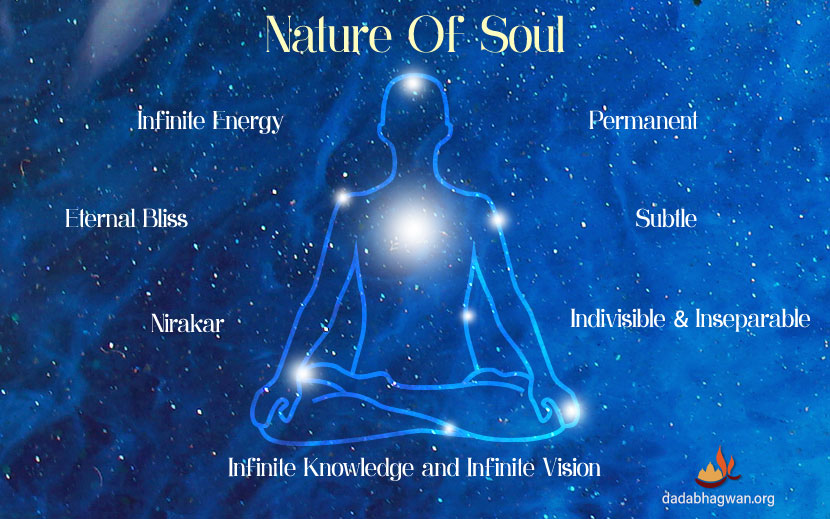
Soul Temperaments and Why Paths Differ
Not all souls walk the same path because each carries karmas, past-life impressions, and innate temperament. Shakta souls awaken through energy and embodiment. Shaiva souls seek silence, stillness, and samadhi. Vaishnava souls blossom through devotion and surrender. Healing souls meet divine energy through prana, Reiki, or intuitive transmission. Monastic souls meet Shiva or Bhairava early. Householders encounter Ganesha, Parvati, or Lakshmi. Every path is divinely orchestrated; no route is wrong.

The Purpose of Human Life in Shaiva Vedanta
Life is a sacred journey where the soul awakens through experience. The purpose is to dissolve karmas, transcend the coverings of Maya, awaken Kundalini, balance Shiva and Shakti within, purify the five koshas, and realize the Self as Paramashiva. Liberation is not far away; it is attained through recognition—seeing that awareness and energy have always been one. Jivanmukti is achieved when the seeker lives in the world yet remains untouched, like a lotus in water.
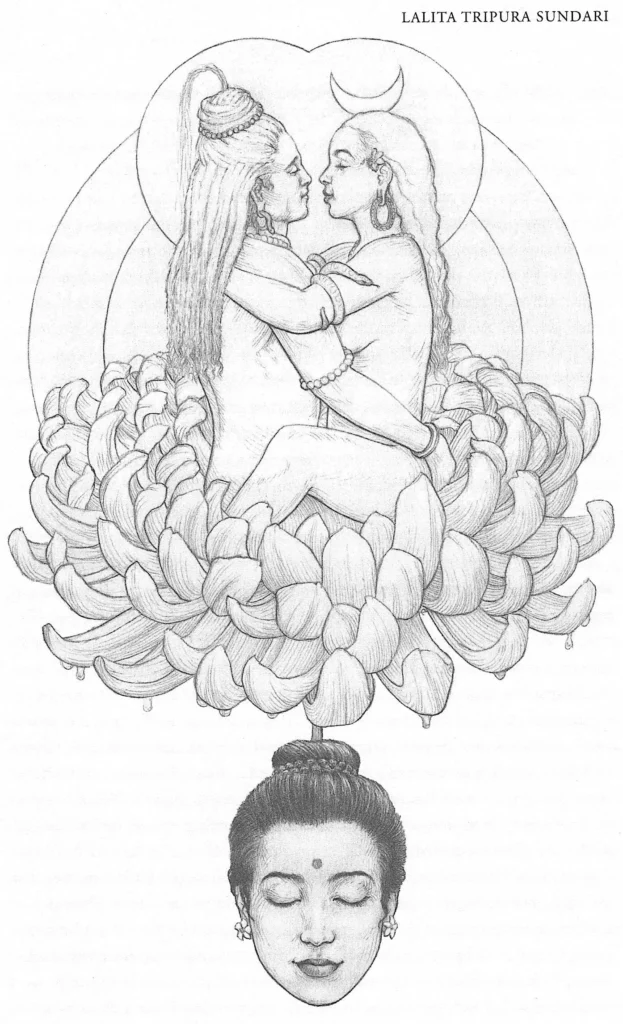
The Inner Marriage of Shiva and Shakti
The culmination of all sadhana is the inner union of Shiva and Shakti. Shiva represents consciousness; Shakti represents power. When these two unite within the seeker, the mind dissolves, the heart opens, and bliss arises. Creation and dissolution happen inside the body, revealing the truth that the entire universe is your own inner play. When awareness merges with energy, the soul returns to its original nature—pure, ecstatic, infinite.
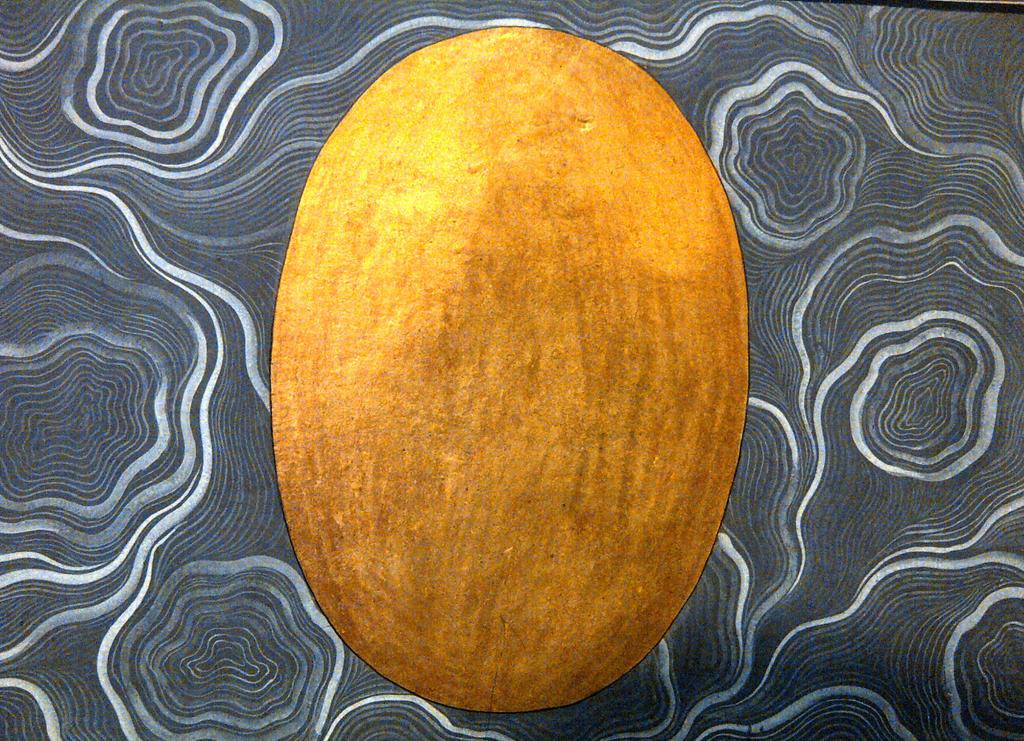
✨ The First Movement of Hiranyagarbha (The Golden Womb)✨
Before the manifest universe appeared, Shakti condensed her vibration to form the Hiranyagarbha, the Golden Womb. This radiant sphere was the first subtle form to emerge out of the infinite union of Shiva and Shakti. It shone like a thousand suns yet remained softer than moonlight, holding within it the entire blueprint of future creation. Hiranyagarbha is the cosmic embryo, the original seed of existence, where sound, light, time, and the laws of nature first stirred. From this Golden Womb flowed the devas, the lokas, the stars, the elements, and eventually all living beings. In every seeker, Hiranyagarbha is mirrored in the heart space as the luminous inner sun—your own divine origin.
